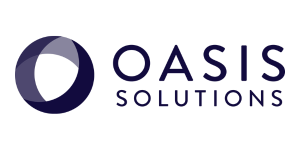Sage 100 Creating Efficiencies: User Preferences 101- Part 2
Saving Report Settings
Find Part 1: Creating Shortcuts for Frequently Used Tasks Here
How many clicks does it take to get to the Sage 100 tasks you use most?
How many clicks is that in a day? In a year?
Those are valuable seconds that add up, and you can recapture that time by saving settings on commonly used reports.
- By default, the report setting for any Sage report is STANDARD. We generally advise not saving any changes on the STANDARD report setting, as it will be more challenging to identify customizations at upgrade time. The first step is to create your own report setting. Do this by clicking the drop arrow on the button at the top right of the report screen, then click "Save As".
- In the "Save As Report Setting" box name your report setting and change the default description as desired. You may make the report public (open to other users) or private (open only to you), and you may select this setting to be the default setting that appears when you launch the report. Once the information has been entered, click OK. In this example, we are creating a report setting to report transaction only with the KY code.
- Once back on the report screen, select the setting you wish to save. In this example, the selection criterion of Tax Code Equal to KY has been entered and since it is the only tax code being reported, the Print By Primary Tax Code check box has been deselected. Once all settings have been selected, click "Save" in the upper right corner to save the settings.
- Your report setting will now appear in the lookup list for future selection. If you selected your setting to be the default, it will be the setting that appears when you launch the report from the menus.
Did you find this helpful? We hope so! If you have a Sage 100 ERP question, send it in to the Oasis Solutions Group Support Staff!
Oasis Solutions Group provides support, service, training, custom programming and more for ERP, Accounting, HR, Payroll, CRM and Sales and Marketing Software.


